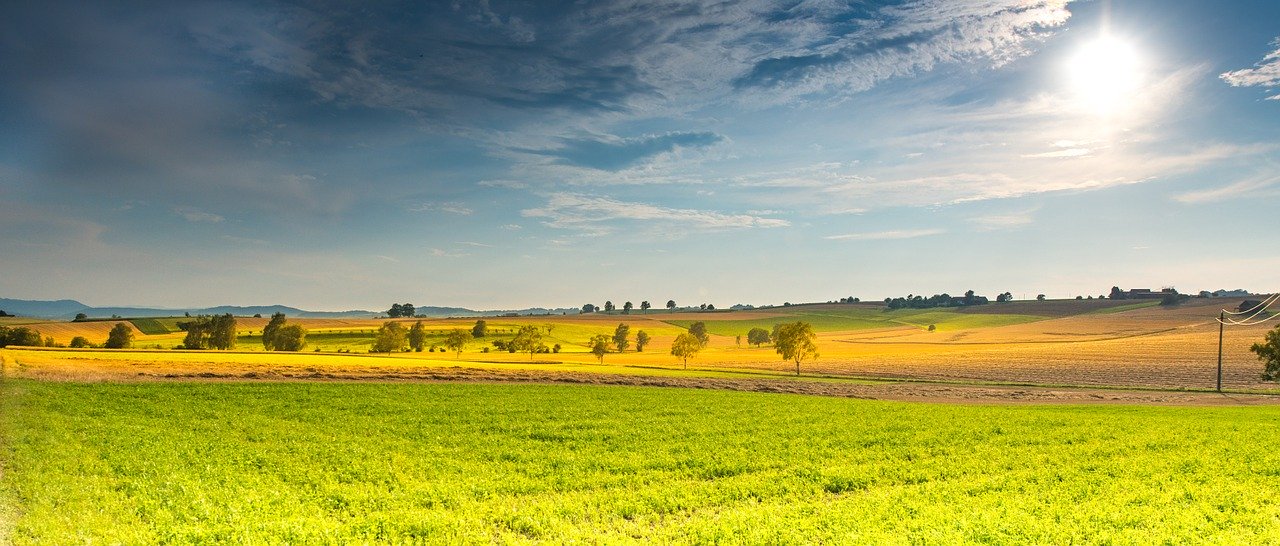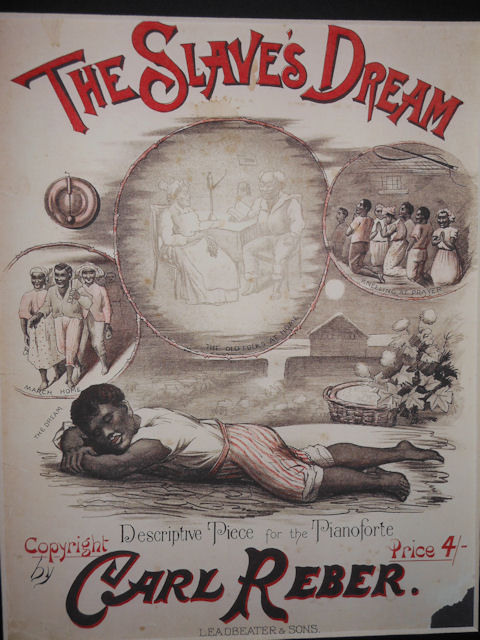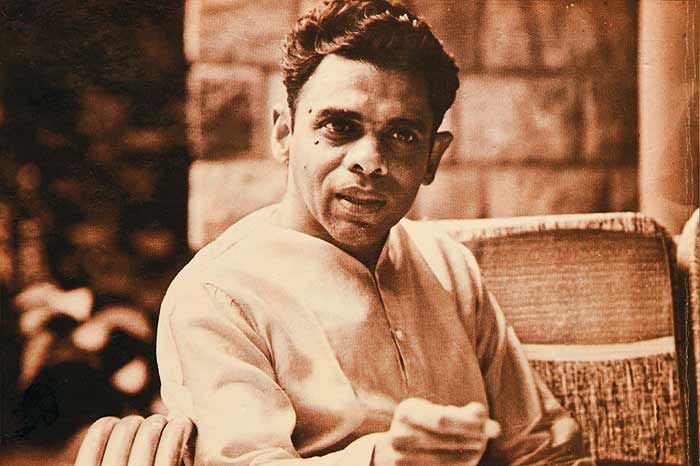In the second stanza, too, the poet asks the same question. He wishes to add more points to encourage his readers to plant trees. He says that the tree provides cool shade to all- to birds, to animals and to human beings. It is now an unknown fact that trees help in causing rain. Trees bear seeds and bud for the future generations and continue the process of birth, death and regeneration. They make the plain area look naturally beautiful. When the poet says that a man “plants the forest’s heritage”, he means that if anyone takes the initiative to plant a single tree then in the future it might grow into a forest, thereby, enriching the natural beauty of the planet. Our future progenies will enjoy all the benefits of the trees that we plant today. The poet brings into limelight not only the present benefits of planting trees but also the benefits our future generations would reap.
The poet adds a philosophical element to the poem as he says that a man who plants a tree does so out of his concern for his family, his neighbourhood and the entire universe. When a man plants a tree he fulfils his civic duty. He says that by planting a tree, a man is making ways for fellow human beings to access food and wood. By doing so the man is directly able to contribute to the nature’s growth. We see a capitalization in the word ‘His’ in the last stanza used to refer to the person who plants trees. He has been attributed God-like abilities to plan the destiny for the nation. He holds the growth of the nation in his hands. Through such simple yet powerful narration, the poet has successfully pointed out that the tree can itself be regarded as the heart of human life that looks over the well-being of everyone. It is the tree which is responsible for the growth of mankind and the one who plants them must be respected for his noble deed.
Poetic devices in The Heart of the Tree
Alliteration – It is the close repetition of consonant sounds, usually at the beginning of words. For instance,
- “He plants a friend of sun and sky”
- “He plants a home to heaven anigh”
- In hushed and happy twilight heart”
- “He plants a flag of breezes free”
Metonymy – Metonymy is a figure of speech in which one word or phrase is substituted by something that is closely associated with it. In this poem, the phrases “cool shade”, “tender rain”, “sap and leaf and wood”, are all metonyms for tree. In the first stanza, in the line “He plants a home to heaven anigh”, ‘heaven’ represents the sky.
Transferred epithet – It is a figure of speech in which an adjective qualifies the noun and not the person or thing it is originally describing. For instance,
“In hushed and happy twilight heard”- Here the adjective “happy” qualifies twilight though it means people’s happiness. ‘Twilight’ is not happy, the ‘people’ are happy but still twilight is qualified by happy.
Metaphor – It is a figure of speech in which a similarity between two different things is implied but not directly stated. In this poem, the branches of a tree are compared to a flag. For instance, “He plants the flag of breezes free”.
Personification – It is a figure of speech in which abstract ideas or inanimate objects are given attributes of living beings. For instance, the poet personifies the tree when it calls it “a friend of sun and sky”.
Polysyndeton – It is a figure of speech used for close repetition of conjunctions. For instance,
“He plants in sap and leaf and wood”
Rhyme scheme of The Heart of the Tree
The poem consists of three stanzas of nine lines each. It can be roughly said that the poem follows the rhyme scheme ababbccaa. For instance, the rhyming words in the first stanza are tree-free, sky-high-anigh, bird-heard, harmony-tree.
What does he plant who plants a tree?
He plants a friend of sun and sky;
He plants the flag of breezes free;
The shaft of beauty towering high;
He plants a home to heaven anigh;
For song and mother-croon of bird
In hushed and happy twilight heard—
The treble of heaven’s harmony—
These things he plants who plants a tree.
Some online learning platforms provide certifications, while others are designed to simply grow your skills in your personal and professional life. Including Masterclass and Coursera, here are our recommendations for the best online learning platforms you can sign up for today.
The 7 Best Online Learning Platforms of 2022
- Best Overall: Coursera
- Best for Niche Topics: Udemy
- Best for Creative Fields: Skillshare
- Best for Celebrity Lessons: MasterClass
- Best for STEM: EdX
- Best for Career Building: Udacity
- Best for Data Learning: Pluralsight
















